Cotyledons turning purple-brown
JeanieAus
9 years ago
Related Stories

COLORFUL HOMESHouzz Tour: Turning Tradition on Its Head in Vermont
Leopard-spotted stairs, Victoriana paired with Lucite and other daring style moves give a home in a shire a completely new twist
Full Story
GREAT HOME PROJECTSTurn That Spare Room Into a Walk-in Closet
New project for a new year: Get the closet you’ve always wanted, starting with all the info here
Full Story
HOLIDAYSA Violet, Brown, Bronze and White Holiday
7 Great Reasons to Deck the Halls With Unconventional Colors
Full Story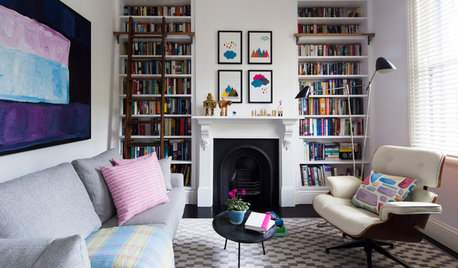
COLOR21 Reasons to Decorate With Purple
Whatever shade you choose — lilac, plum, mauve or aubergine — purple makes a statement
Full Story
DECORATING GUIDESColor Feast: When to Use Purple in the Dining Room
Decadent and different, purples from lavender to plum can make a dining area a treat for the eyes
Full Story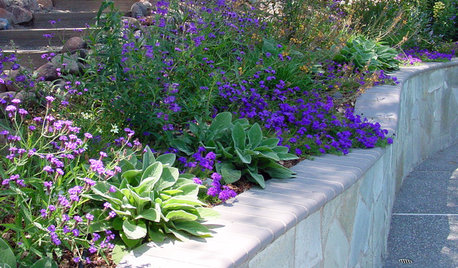
GARDENING GUIDESGreat Design Plant: Glandularia Rigida Paints the Ground Purple
Sandpaper verbena's deep purple flowers create a colorful carpet in drought-tolerant gardens
Full Story
COLORLet Purple Passion Infuse Your Home
We take the mystery out of using this most spiritual of colors to create a deeply beautiful interior design
Full Story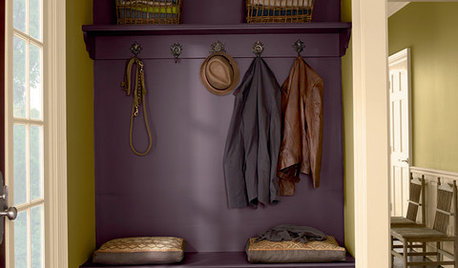
COLORWhat Goes With Purple Walls?
Make a plum wall come alive with art, warm metals, ivory, chartreuse, natural wood — and at least one wild card
Full Story
PRODUCT PICKSGuest Picks: What’s Purple All Over?
With kitchen appliances, pillows, chairs and more in shades of lavender to plum, your home can be as purple as you please
Full Story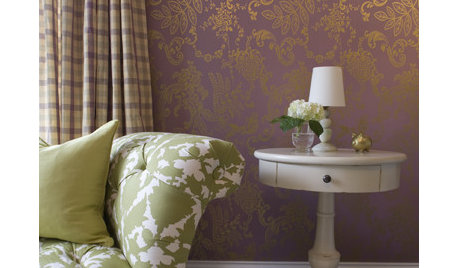
PURPLEPower to the Purple
Don't shrink away from violet hues — with the right balance, they can be a room's strongest asset
Full StorySponsored






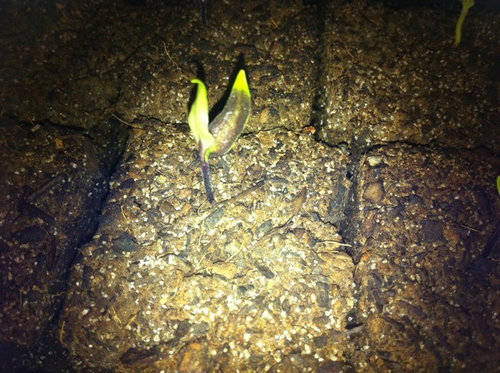
JeanieAusOriginal Author
JeanieAusOriginal Author
Related Professionals
West Milford Landscape Architects & Landscape Designers · Forest Acres Landscape Architects & Landscape Designers · Mount Wilson Landscape Architects & Landscape Designers · Elgin Landscape Contractors · Surprise Landscape Contractors · Bowie Landscape Contractors · Danvers Landscape Contractors · North Highlands Landscape Contractors · Ridgewood Landscape Contractors · Roseville Landscape Contractors · Round Lake Landscape Contractors · Teaneck Landscape Contractors · View Park-Windsor Hills Landscape Contractors · Vadnais Heights Landscape Contractors · North Hills Landscape Contractorsseysonn
djoyofficial
DMForcier
Pyewacket
JeanieAusOriginal Author
JeanieAusOriginal Author
jean001a
DMForcier
JeanieAusOriginal Author
Pyewacket
JeanieAusOriginal Author
green_passion
JeanieAusOriginal Author
DMForcier
Pyewacket
DMForcier
Pyewacket
JeanieAusOriginal Author
DMForcier